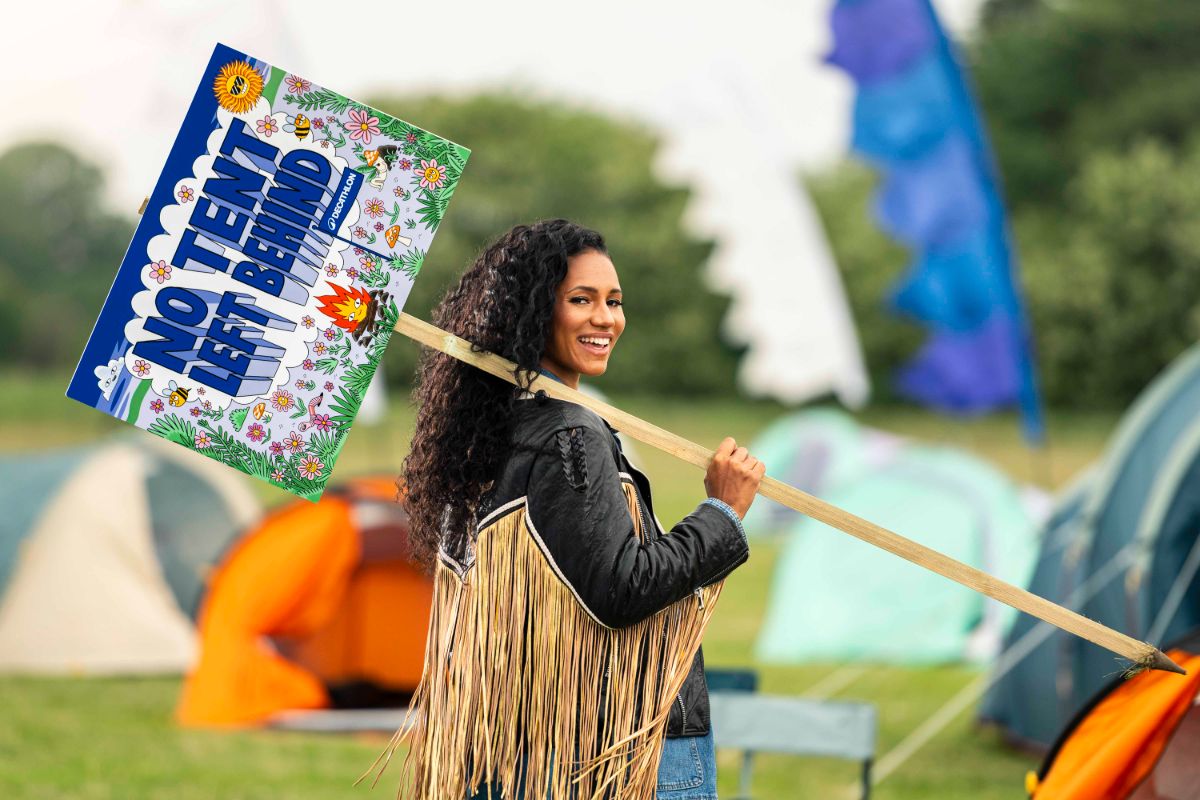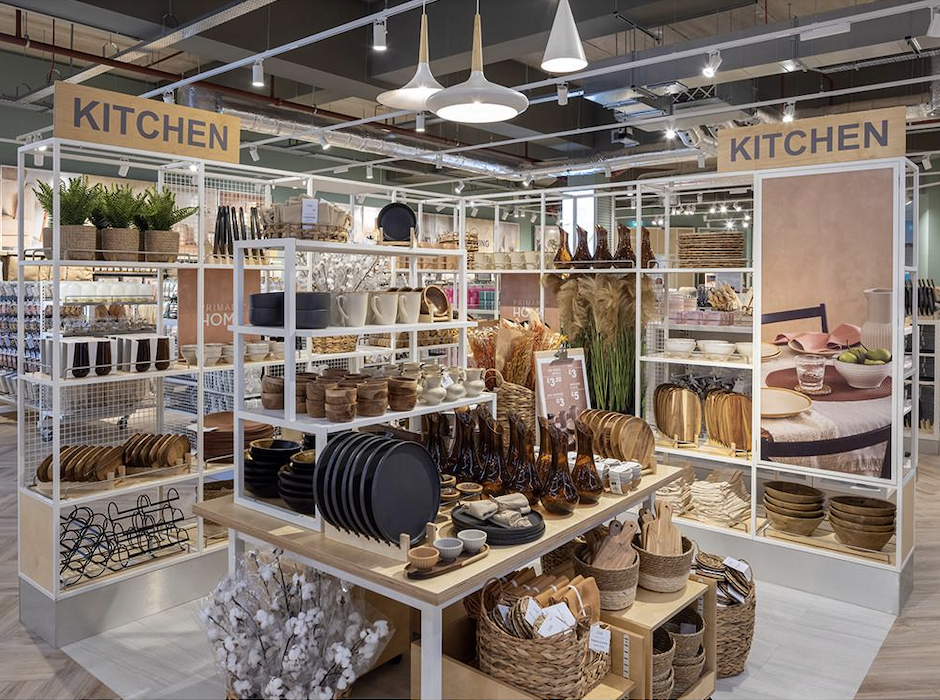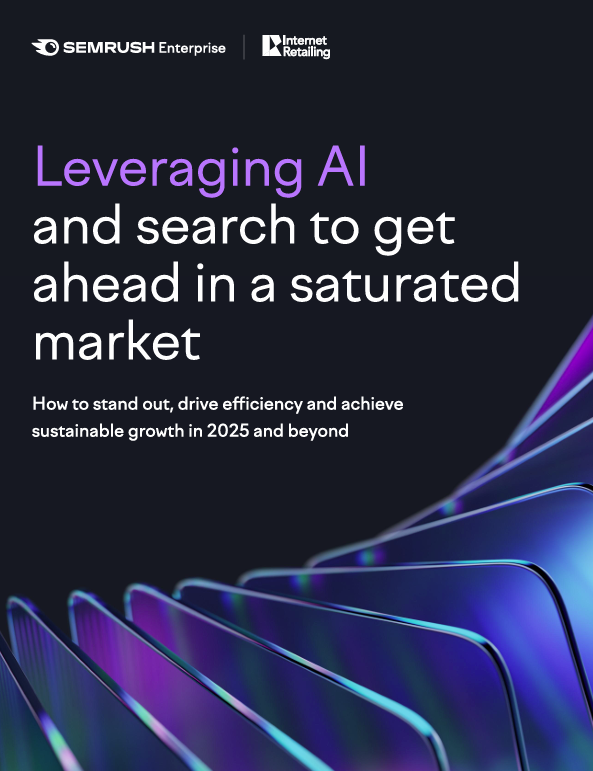In a recent Internet Retailing webinar, Creating customer loyalty in an ever-connected world, we heard from Greg Zakowicz, senior commerce marketing analyst at Bronto Software in a session on email marketing to the mobile consumer.
Greg Zakowicz, senior commerce marketing analyst at Bronto Software, opened the webinar by introducing the IRUK Top500 Brand Engagement Dimension Performance Report, with its insights into consumers, how they engage and the impact of social media. He said that in the webinar he’d take insights from the report to look at “how we take how consumers are interacting with brands and retailers now and implement it to your own email marketing programme and social programme, creating loyalty and connections with consumers.”
The consumer mindset
• Consumers are smart, savvy. “Telling people you have the best price, although you may, is really gone. Consumers know where the best price is. We need to recognise that. Because of that loyalty is much harder to create. That’s where social media plays a part.”
• They expect availability, relevancy and flexibility: the rise of the on-demand consumer.
• “Consumers expect an experience with a brand rather than a shopping channel.”
• Expectations have changed in recent years: consumers expect the same experience wherever they are and whatever device they are on.
• Retailers need to be accessible, relevant and credible. “Consumers expect an experience – it’s really a story of using technology to help them find the products they’re looking for.” Tools might include live chat, search or other features.
The retail response
• Average of six customer engagement channels, according to the IRUK Top500 Brand Engagement report. They include phone, email, blogs and social media channels.
• But there are variations in response times: the average is 53 hours to respond to a Facebook query and 27 hours to an email query.
• Consumers just see customer service, where the retailer has a call centre, email, social networks and a store. But the time taken to respond to queries needs to be more consistent, and to function well across channels.
• Why? Where two stores offer essentially the same goods, engaging shoppers can make the difference. “Something needs to set you apart – otherwise you’re going to compete on the colour of your website”. Dimension report finds that 70% of shoppers influenced by email, 46% by social media. “How do we take these into your marketing cycle and integrate them?”
• Use email and social engagement to enhance the experience, from lifecycle email messages to promotional messages and social media.
Email marketing strategy
• From acquisition to engagement, conversion and optimisation.
• Acquisition: welcome message: “the welcome message is the handshake, it’s the how do you do, nice to meet you”. It’s also the most read message you’ll ever send: with examples of how to structure it.
• Welcome series builds the relationship and increases engagement, from creating an account to signing up for the birthday message: with examples.
• Never purchased message to drive the first purchase, sent at around 21-30 days: with examples.
• Abandonment emails: “This will be the most profitable email you send. Consumers are so far down the purchase funnel that it’s just reaching out to target them in a very timely manner.” With examples.
• Browser abandonment emails: with examples.
• Post-purchase: “What do we do to create loyalty from a purchaser? There’s a distinction between a purchaser, who buys once, and a customer, who comes back. A post-purchase series of emails is therefore critical.” From ’thank you’ to product care and ratings and reviews.
• How do we integrate social with email marketing? Examples of how retailers used social in email marketing.
• IRUK Top500 case study: John Lewis and how it is seeing the influence of social media on the way shoppers buy.
• Other social opportunities include strategic partnerships, social contests, commenting on other people’s posts and asking for feedback, questions of the day with hashtags that enable customers to talk to each other, and customer service.
• IRUK Top500 case study: Amazon and approaches to on-demand customer service, contrasted with the experience of de Bijenkorf as it introduced an Amazon-style ’shipping plus’ service with a flat rate annual fee for free shipping. So far it’s meant an increase in spend and frequency, with seven day a week and next day delivery a big win.
• IRUK Top500 case study: Argos and flexibility around in-store collection and same-day ship to home: how it brought eBay shoppers into the store, with 5bn parcels picked up since 2013.
Conclusions
• Consumers are ever-connected, expecting the same experience wherever they are.
• Think of retail as an experience, not sales channels.
• Consumers expect convenience, immediacy and flexibility from the shopping experience.
• Engaging customers is essential to securing loyalty.
• Social media can connect, engage and enrich customers’ experience.
The webinar is available to watch in full at your convenience on IRTV, the InternetRetailing video channel, and there’s more information about the speaker on the Bronto webinar page.
You can download the IRUK Top500 Brand Engagement at www.internetretailing.net/iruk








